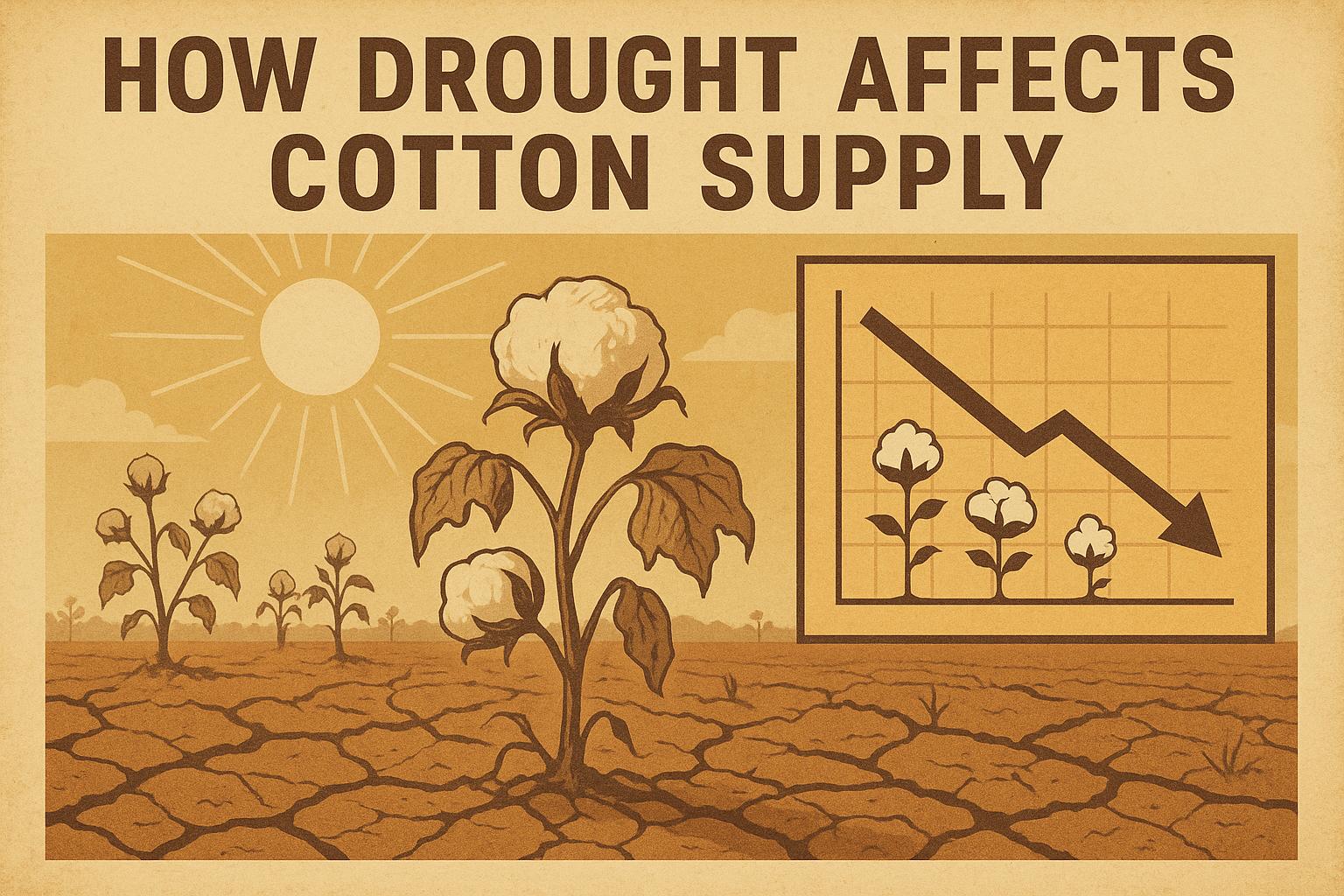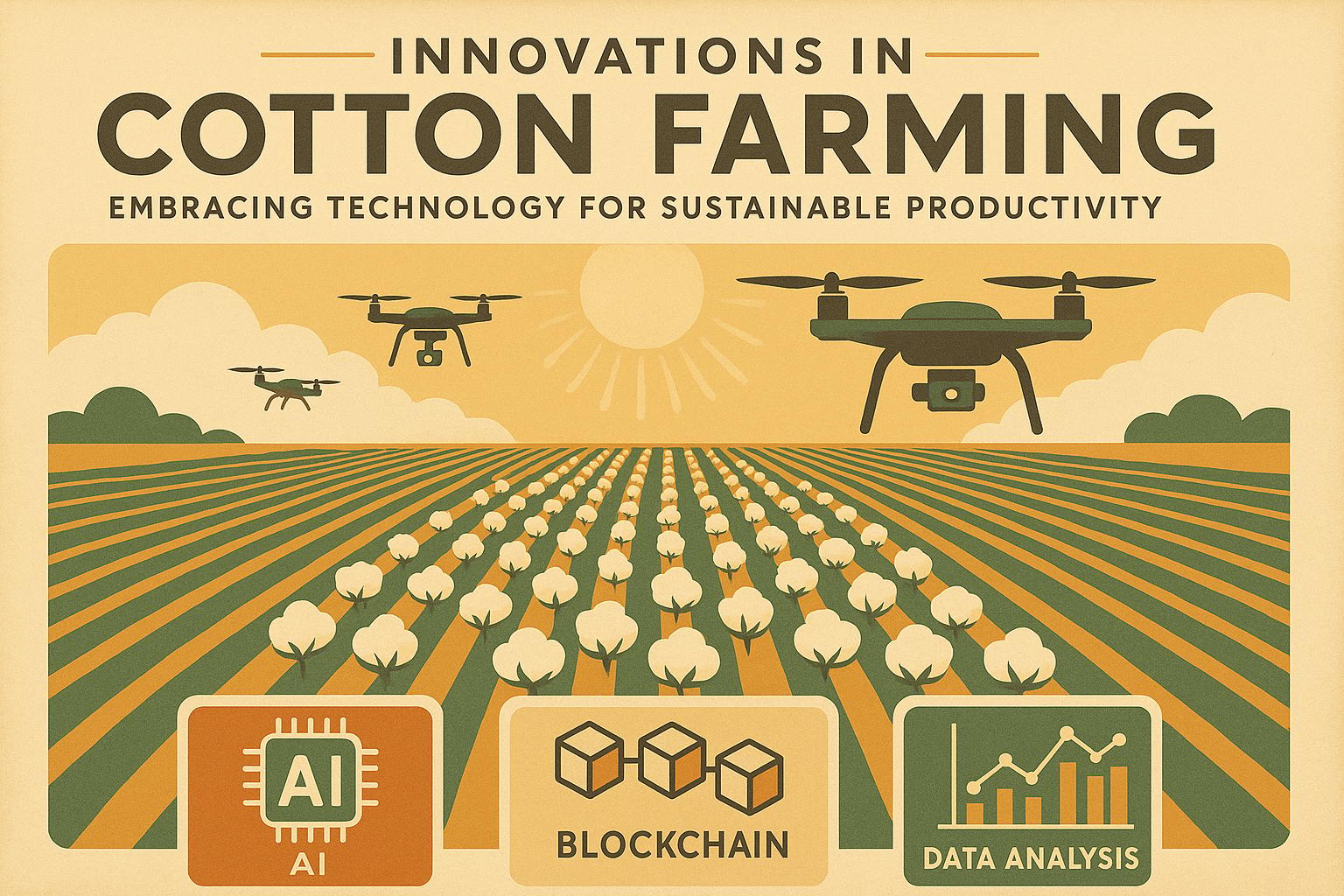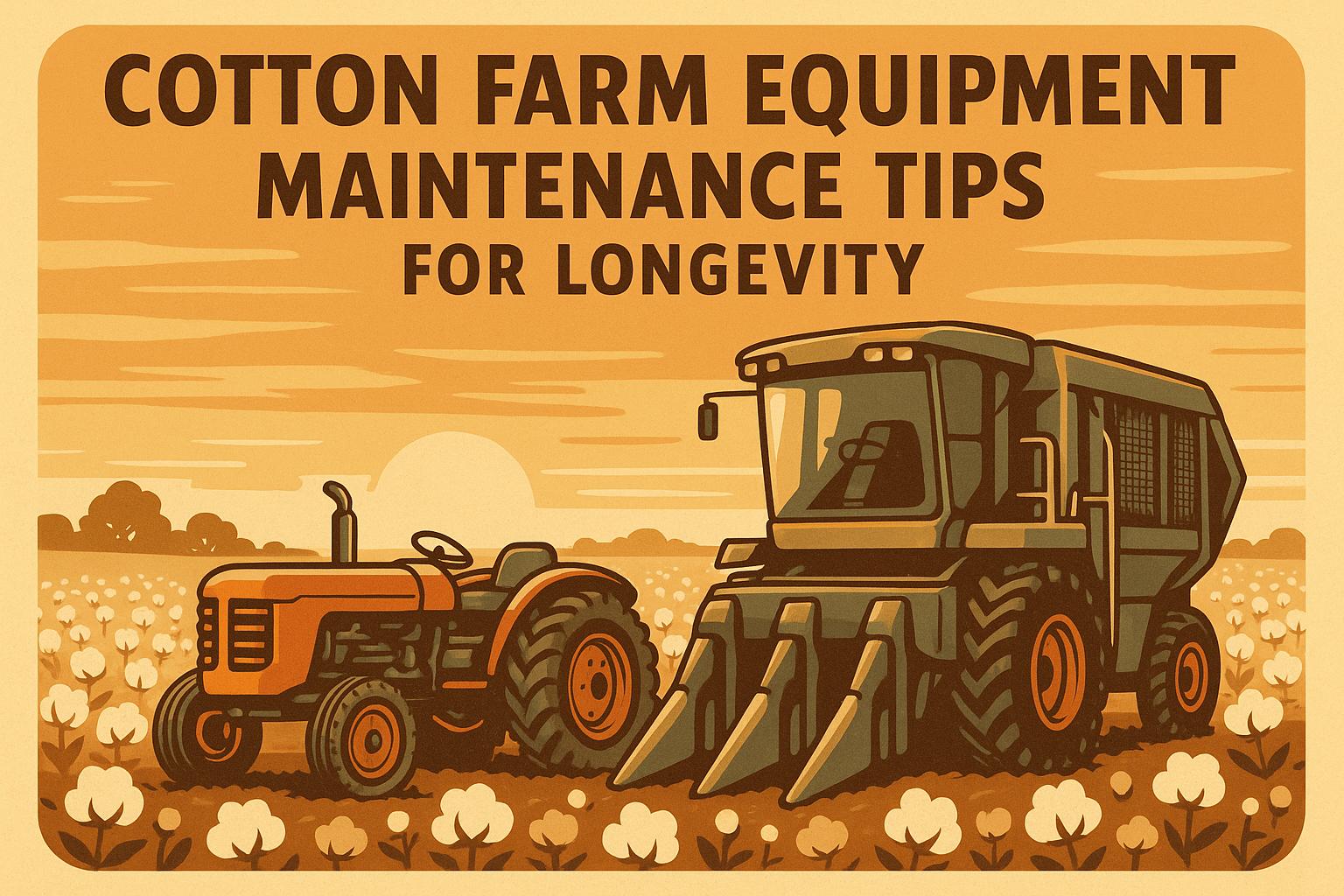When it comes to selecting the perfect fabric for your clothing, bedding, or other textile needs, cotton often tops the list for its comfort, versatility, and natural appeal. Among the many varieties of cotton available, Pima cotton stands out as a premium option, celebrated for its exceptional quality and luxurious feel. But a few common questions linger for those considering this high-end fabric: Does Pima cotton shrink? In this comprehensive guide, we’ll dive into what Pima cotton is, explore its unique characteristics, answer the shrinkage question head-on, and provide actionable tips to care for it. Whether you’re a cotton enthusiast or simply seeking the best fabric for your next purchase, this blog post will equip you with the knowledge to make an informed decision.
What is Pima Cotton?
Pima cotton is a top-tier variety of cotton renowned for its extra-long staple (ELS) fibers, which set it apart from standard cotton types. These longer fibers—typically measuring 1.4 to 2 inches compared to the 0.7 to 1.2 inches of regular cotton—contribute to its superior softness, strength, and smoothness. Grown primarily in the southwestern United States, including states like Arizona, California, and Texas, Pima cotton thrives in the region’s warm, arid climate, which is ideal for producing high-quality fibers.
The name “Pima” honors the Pima Native American tribe, who played a key role in cultivating this cotton variety in collaboration with early 20th-century agricultural researchers. Today, Pima cotton is prized for its use in luxury clothing—think soft t-shirts, dress shirts, and underwear—as well as high-end bedding like sheets and pillowcases. Its long fibers allow manufacturers to spin finer, stronger yarns, resulting in fabrics that feel silky to the touch and resist wear over time.
Often compared to Egyptian cotton, another ELS cotton, Pima cotton holds its own as a distinctly American luxury fabric. Its quality and accessibility make it a favorite among those who value comfort and durability in their textiles.
Characteristics of Pima Cotton
What makes Pima cotton so special? Its standout qualities stem from those extra-long fibers and the careful cultivation process behind it. Here’s a closer look at the characteristics that define Pima cotton:
- Unmatched Softness: The extended length of Pima cotton fibers creates a smoother, softer fabric that feels gentle against the skin. This makes it a top choice for items like bedding and apparel where comfort is paramount.
- Exceptional Durability: Longer fibers mean stronger yarns, which translate into fabrics that resist tearing, fraying, and general wear. Pima cotton items can endure countless washes while maintaining their shape and quality.
- Breathability: Like all cotton, Pima cotton excels at allowing air circulation and wicking moisture away from the body. This breathability makes it ideal for warm climates or active lifestyles.
- Reduced Pilling: Shorter-staple cottons often develop small balls of fiber (pilling) after repeated use or washing. Pima cotton’s longer, stronger fibers minimize this issue, keeping fabrics looking smooth and polished.
- Vivid Color Retention: Pima cotton takes dyes exceptionally well, producing rich, lasting colors that resist fading even after multiple washes.
These attributes elevate Pima cotton above many other fabrics, offering a blend of luxury and practicality that appeals to discerning consumers.
Does Pima Cotton Shrink?
Now, let’s tackle the big question: Does Pima cotton shrink? The straightforward answer is yes, but it’s not that simple—there are important nuances to understand.
Cotton, by nature, is prone to shrinking when exposed to heat and moisture. This happens because cotton fibers contract when agitated or subjected to high temperatures, such as in hot water or a dryer. Pima cotton, despite its premium status, is no exception to this basic property of cotton. However, its extra-long fibers give it an edge over shorter-staple varieties like upland cotton. These longer fibers create a more stable fabric structure, which can result in less shrinkage under normal conditions compared to other cottons.
That said, the degree of shrinkage depends heavily on two factors:
- Processing: If Pima cotton fabric is pre-shrunk during manufacturing—a common practice for high-quality textiles—the risk of further shrinkage is significantly reduced. Pre-shrinking involves treating the fabric to minimize its tendency to contract later.
- Care Practices: How you wash and dry Pima cotton plays a massive role. Washing in hot water or drying on high heat can trigger shrinkage, even in pre-shrunk Pima cotton. Conversely, gentle care can keep shrinkage to a minimum.
So, while Pima cotton can shrink, it’s often less prone to dramatic shrinkage than lower-quality cottons, and proper care can preserve its size and fit. In the next section, we’ll explore how to care for Pima cotton to keep it looking and feeling its best.
How to Care for Pima Cotton to Prevent Shrinkage
The good news? You can enjoy all the benefits of Pima cotton without worrying about excessive shrinkage—if you treat it right. Here are some expert-approved tips to care for your Pima cotton garments and linens:
- Wash in Cold Water: Hot water is the enemy of cotton when it comes to shrinkage. Stick to cold water washes to keep those fibers relaxed and stable.
- Choose a Gentle Cycle: Excessive agitation can stress cotton fibers, leading to contraction. Use your washing machine’s gentle or delicate cycle to minimize wear and shrinkage.
- Dry with Low or No Heat: High dryer temperatures are a surefire way to shrink cotton. Opt for a low-heat tumble dry setting, or better yet, air-dry your Pima cotton items by laying them flat or hanging them up. Air-drying preserves both size and fabric integrity.
- Read the Care Label: Manufacturers often include specific instructions tailored to their Pima cotton products. Following these guidelines ensures you’re caring for the fabric as intended.
- Iron Carefully: If ironing is needed, use a medium heat setting and avoid steam. Too much heat or moisture during ironing can undo your shrinkage-prevention efforts.
Bonus Tips:
- Avoid Overcrowding: Give your Pima cotton items room to move in the washer and dryer to reduce stress on the fibers.
- Use Mild Detergent: Harsh chemicals can weaken cotton over time, so opt for a gentle, cotton-friendly detergent.
By adopting these practices, you’ll not only prevent shrinkage but also extend the life of your Pima cotton pieces, keeping them soft, vibrant, and perfectly fitted.
Comparing Pima Cotton to Other Types of Cotton
To fully appreciate Pima cotton’s value—and its shrinkage tendencies—let’s see how it stacks up against other popular cotton varieties:
- Egyptian Cotton: Often considered Pima’s closest rival, Egyptian cotton also boasts extra-long staple fibers and a luxurious reputation. Grown along the Nile River, it shares many of Pima’s qualities—softness, durability, and reduced shrinkage compared to shorter-staple cottons. The main difference? Geography and branding. Pima is American-grown, while Egyptian cotton hails from Egypt, though quality can vary depending on the specific producer.
- Upland Cotton: The workhorse of the cotton world, upland cotton makes up about 90% of global production. Its shorter fibers (less than 1.3 inches) result in a coarser, less durable fabric that’s more susceptible to pilling and shrinkage than Pima cotton. It’s affordable and widely used, but it doesn’t match Pima’s premium feel.
- Organic Cotton: This cotton is defined by its eco-friendly cultivation—free of synthetic pesticides and fertilizers—rather than fiber length. Organic cotton can be short- or long-staple, so its shrinkage depends on the variety. Pima cotton can also be grown organically, merging sustainability with luxury.
Shrinkage Comparison
Pima cotton’s longer fibers generally make it more resistant to shrinkage than upland cotton, which shrinks more noticeably when improperly washed or dried. Egyptian cotton performs similarly to Pima in this regard, while organic cotton’s shrinkage varies based on its staple length and processing. Across the board, care practices outweigh inherent fiber differences in determining shrinkage outcomes.
Conclusion
Pima cotton is a standout fabric, blending softness, durability, and breathability into a luxurious package that’s hard to beat. So, does Pima cotton shrink? Yes, it can—like all cotton—but its extra-long fibers make it more stable than many alternatives, and with the right care, shrinkage can be kept to a minimum. Washing in cold water, drying on low heat or air-drying, and following care labels are simple steps to preserve its size and quality.
Whether you’re upgrading your wardrobe with Pima cotton shirts or investing in silky-smooth sheets, this premium cotton offers a winning combination of comfort and longevity. By understanding its characteristics and caring for it properly, you can enjoy Pima cotton’s benefits for years to come. Next time you’re shopping for textiles, consider Pima cotton—not just for its luxury, but for its practicality too.


